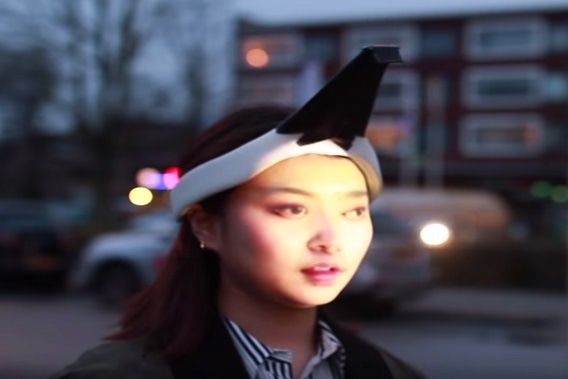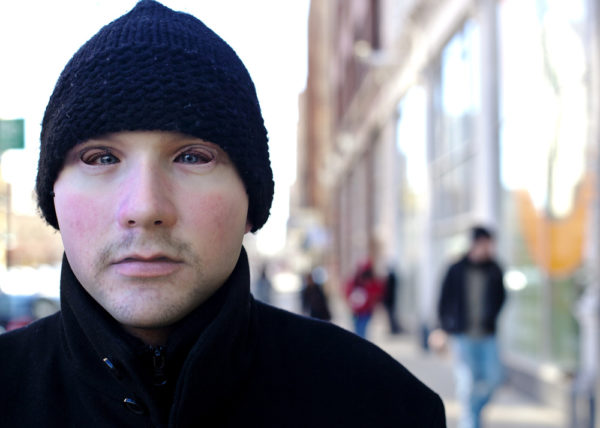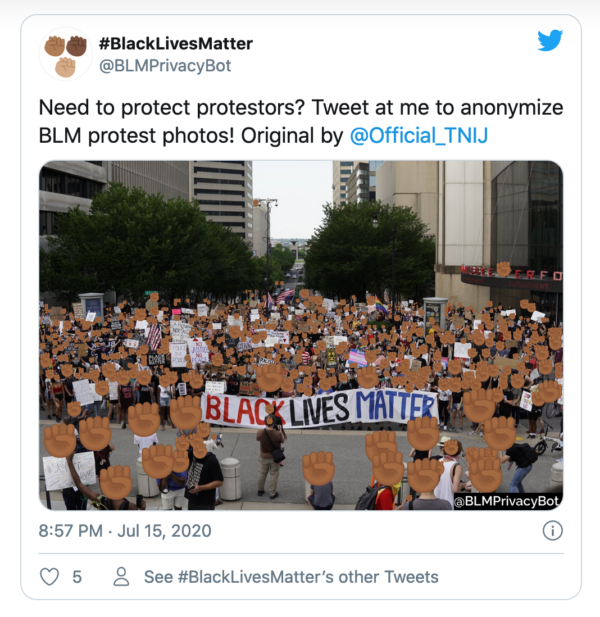While facial recognition technologies are increasingly present and encroaching on our private and public spaces, artists, designers, and researchers are keeping one step ahead—exposing, hacking, and thwarting these systems. Because law enforcement organisations actually benefit from facial recognition technology, it’s unlikely that a law that protects us against this will be installed in the near future. That’s why we need these projects to help us out:
1. This face jewellery designed by Polish artist Ewa Nowak might be the most elegant way to safely participate in political protests. The jewellery makes the wearer’s face undetectable to facial recognition algorithms used in public surveillance cameras.

2. The security and advertising industries are very interested in capturing our faces. The ‘Surveillance Exclusion’ mask, designed by Jip van Leeuwenstein, is transparent enough so you won’t lose your identity while staying undetected by facial recognition cameras.

3. The Hong Kong protests inspired many new ways of evading facial recognition systems, including shining high-powered laser beams into the cameras. Artist Jing-Cai Liu takes a unique approach with her Wearable Face Protector: a small beamer that projects a different face on your face, giving you a completely new appearance.

4. Can fashion be used as a way to camouflage against facial recognition technologies? Inspired by a type of World War I naval camouflage called Dazzle, which used cubist-inspired designs to conceal the orientation and size of the ship, artist Adam Harvey’s Computer Vision Dazzle Camouflage is protective makeup that is futuristic and fun.

5. We might think that concealing our faces is the best way to protect them from detection, but artist Leo Selvaggio lets you borrow his face instead. By wearing this 3D printed mask of his face, you hide your own identity from CCTV cameras, and instead become the identity known as ‘Leo Selvaggio’.

6. With the recent Black Lives Matter protests, many protestors could end up in facial recognition databases used by the police. But blurring and pixelation techniques might not be enough to hide people’s identities. Researchers at Stanford Machine Learning have created the BLMPrivacyBot, which slaps an emoji over all their faces. You can try it out by tweeting a picture to @BLMPrivacyBot or uploading a photo to the web interface.
